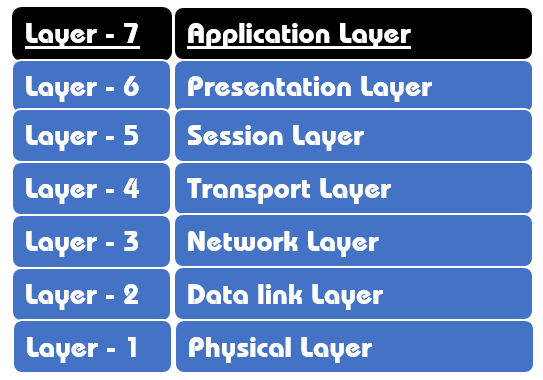Introduction
Application layer is the seventh and the uppermost layer of the OSI reference model. It provides an interface that a person interacts with an application.
Application layer can be command line or graphical based interface. This layer enables the user to access the network through the software application. It provides user interfaces and support for services such as file transfer, email, web services, etc. Web browsers uses graphical user interface where routers and switches uses command line interfaces. In the OSI model, the application layer refers to applications that are network aware.
The seventh layer also makes a request to the presentation layer. This layer is the highest level of open systems, providing services directly for the application process. This layer is what deals with protocols such as FTP and Telnet that relate to the handling of IP traffic. Web browsers, SNMP protocols and HTTP protocols, or HTTP’s successor HTTPS, are other examples of application layer systems.

Functions of Application layer
- It allows a user to access, retrieve and manage files in a remote computer.
- It provides the basis for email forwarding and storage facilities.
- It communicates with other computers that relates to the application’s communication service.
- Other directory services, remote job entry, graphics, information communication and so on.
Application layer protocol
The application layer contains the communications protocols and interface methods used in process-to-process communications across an Internet Protocol (IP) computer network. The layer protocols provide rules for communication between applications.
The seventh layer protocol has some features:
- Define the process for both parties to the communication.
- Define the message type.
- Define the syntax of the message.
- Definition of the meaning of any informational field.
- Define the way to send the message and the expected response.
- Define interaction with the next level.


